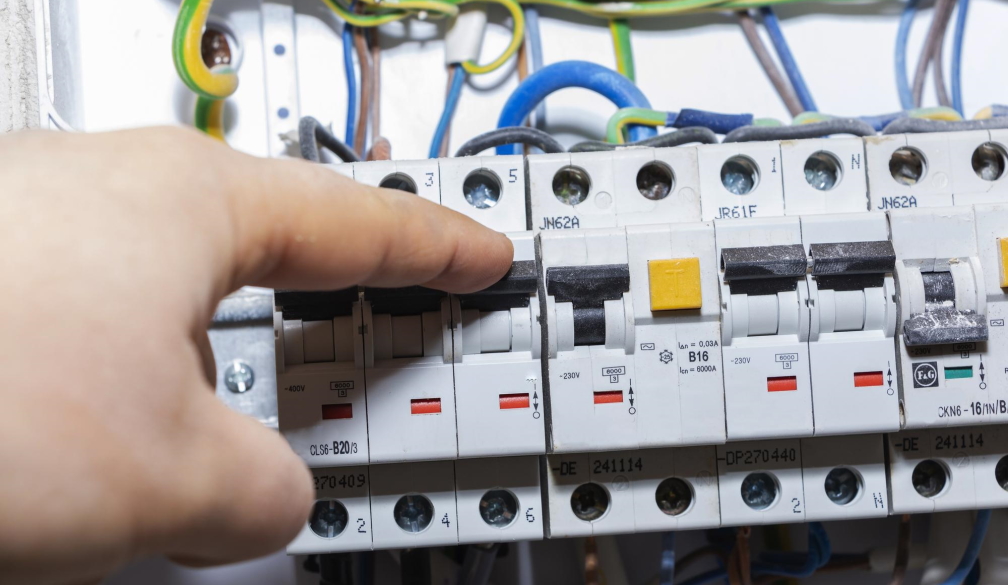How Does a Safety Switch Work and Why Do You Need One
- Written by NewsServices.com

A lot of people get safety switches, surge diverters and circuit breakers confused. They each have important roles for looking after the electrical flow in your home, but what they do is very different.
Circuit breakers are designed to prevent overloading in your home cabling by shutting off if you overuse powerpoints. Surge diverters prevent electrical issues from external factors, like transistor malfunctions or lightning by absorbing high voltages of electricity before it can flow to your home.
Safety switches are more sophisticated and look after individuals rather than your wiring or equipment. They detect faults and shut your power down so that electrocution is no longer a risk.
Safety switches are far more important in your home as they are designed to save lives.
What does a safety switch do?
When you turn a device off in your home the current should automatically stop as there is no longer a voltage supply. If any current remains (usually when electrons are produced by excess heat) this is called a residual current.
A safety switch is designed to search out residual current in your home wiring and if any is found (i.e. there is current flowing and no connection) it will shut off the power to prevent electric shock, damaging fire and personal injury.
Safety switches are important. Electrical currents need an exit point, which can’t be found if devices are switched off. That means that a person can become the conductor needed to ground the excess electricity. This will only be discovered when contact is made with the cable, switch, outlet or device.
In cases where there is residual electricity and no working safety switches, electrical injuries can range from electric shock, burn-like wounds, heart failure and death.
Most of the time your safety switch will go unnoticed and unused as residual currents are a fault that is not seen frequently in homes unless you are using unsafe, outdated or damaged appliances or have unsafe switches or electrical wiring.
How does a safety switch work?
A residual current device is installed in your metre box or switchboard to monitor the wiring within your home, including strata apartments and caravans at public caravan parks. If any residual current is detected the safety switch component shuts down power within 300 milliseconds in order to prevent fire and electrocution.
The safety switch shut down is incredibly quick because most injuries occur immediately after a device is turned off, when hands are still close to the appliance. You don't have to be directly touching an outlet or appliance for residual electricity to reach you.
You are not able to install a safety switch yourself. This needs to be carried out by a licensed and insured electrician. There are two reasons for this. The first is you want to be sure the safety switch is connected in the right way and covers all the powerpoints in your home. Secondly, if anything were to go wrong and the switch didn’t operate correctly, you will still be covered by insurance if a professional, insuranced electrician installed the device.
With electricity being used in homes more than ever there are too many opportunities for electrical injuries to occur through unprotected power points and appliances. You need to make sure you have working safety switches and circuit breakers installed professionally in your home to look after your property as well as ensure the safety and security of the occupants. Call a licensed electrician to safely install and replace your safety switch.

















